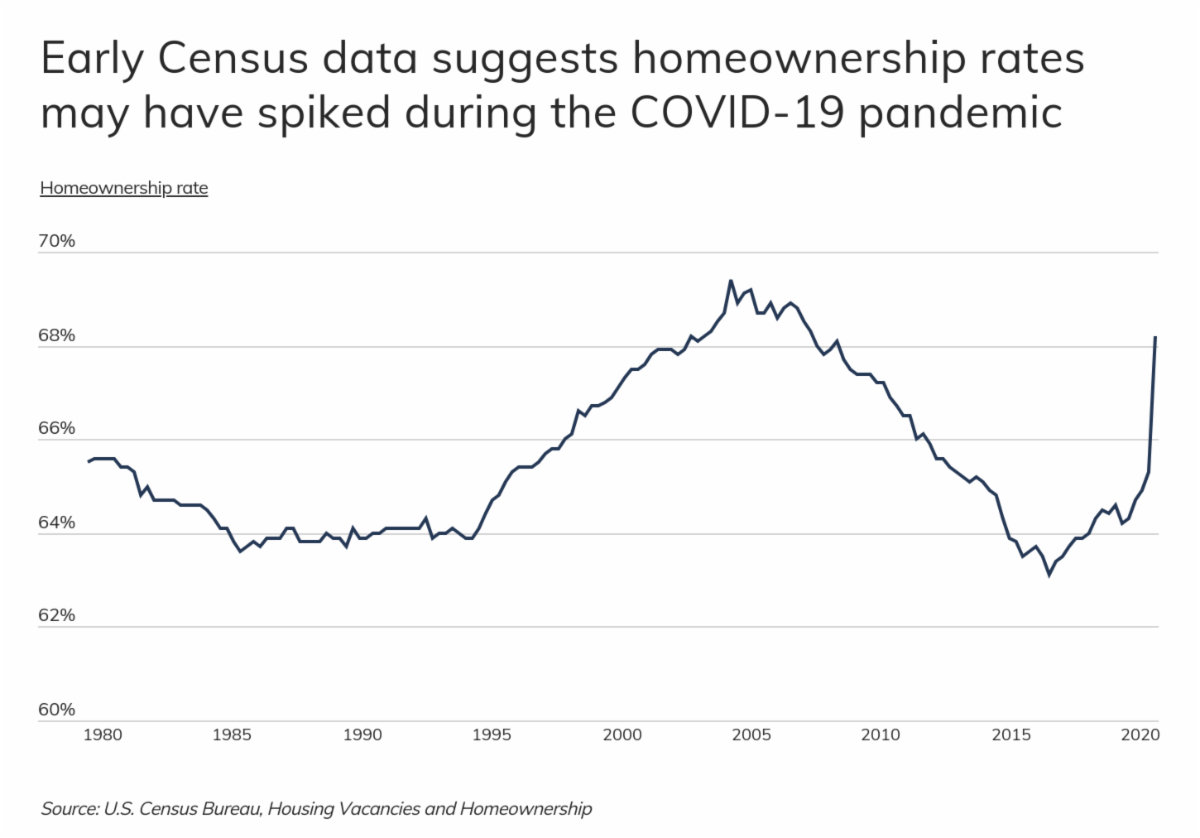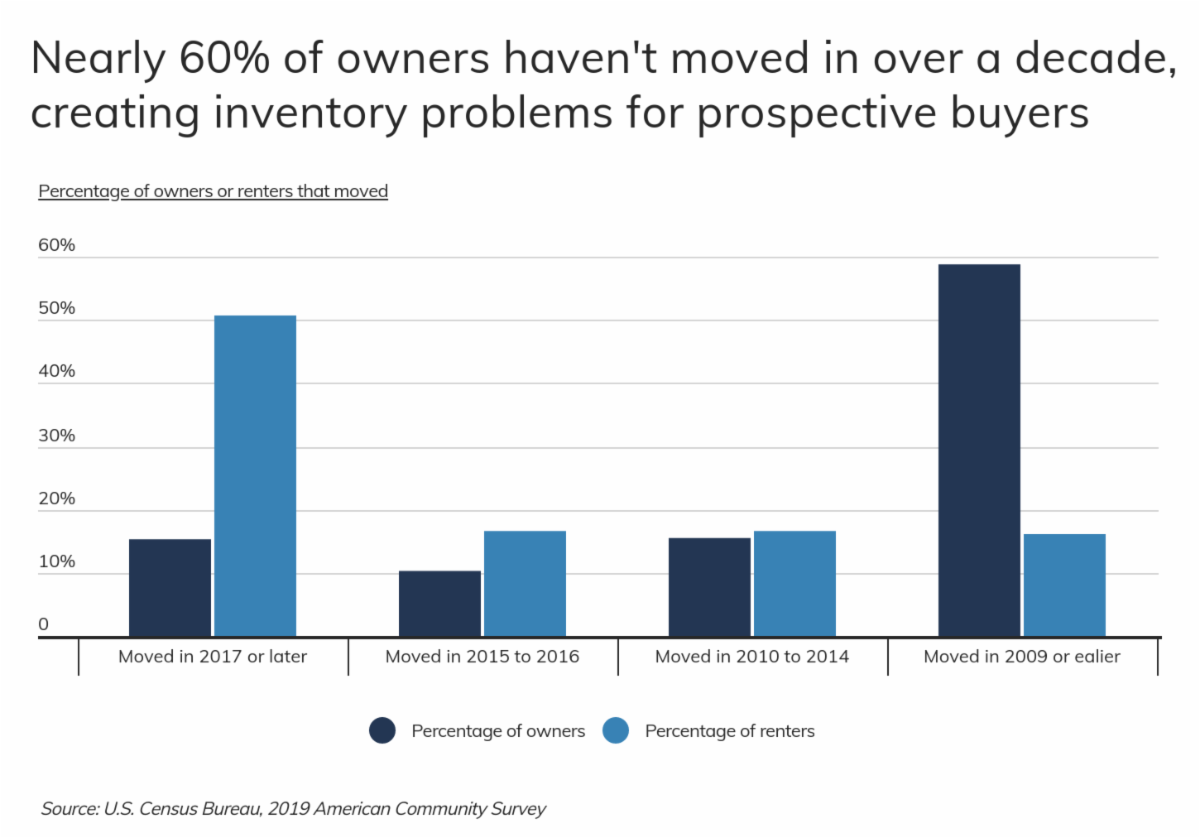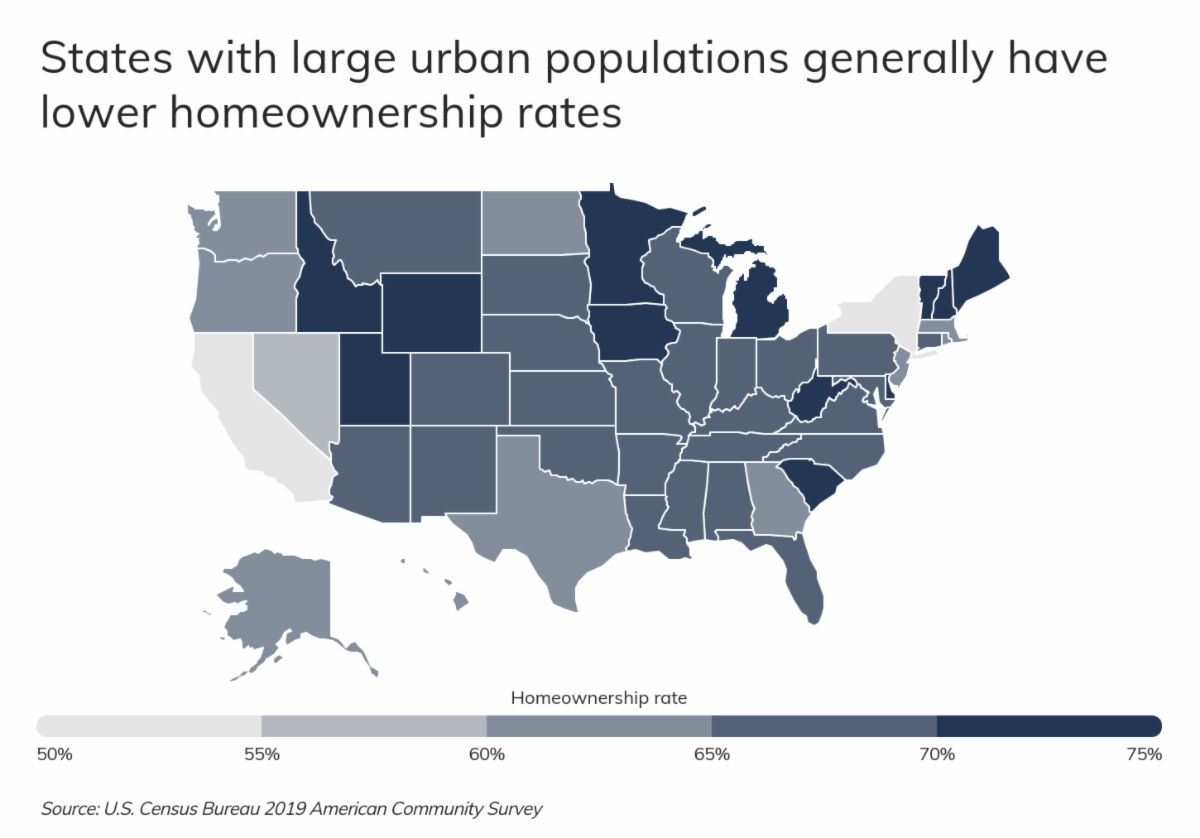Georgia Has the 12th Most Renters in the United States
Friday, November 20th, 2020
While homeownership has been on the rise since 2016, and early data suggests it could be surging during COVID-19, the national homeownership rate remains below peak levels and out of reach for many Americans. Prior to the pandemic, approximately 36% of households in the U.S. were renter-occupied and 64% were owner-occupied, but in certain areas renters significantly outnumber homeowners.

Prospective home buyers face many challenges, including a lack of inventory and rising prices, which is keeping homeownership rates low in certain areas. Many older homeowners don’t want to move, which limits available options for first-time buyers. According to data from the U.S. Census Bureau, about 60% of current homeowners bought their home in 2009 or earlier and haven’t moved since. By contrast, about half of current renters moved into their current residence in 2017 or later.

Furthermore, a long period of low housing inventory has driven up prices and made it more difficult for the average worker to afford a home. Data from Zillow shows that the current median home price nationwide is $256,663, pricing many Americans out of the housing market. In fact, the national median household income for a homeowner is $81,988, nearly twice the median household income of a renter ($42,479).
As a result of geographic differences across these factors, homeownership rates vary significantly by location. At the state level, homeownership rates range from a low of 53.5% in New York to 73.4% in West Virginia. In general, coastal states with expensive and densely populated urban areas, such as New York and California, tend to have some of the lowest homeownership rates in the country. By contrast, many states in the Midwest such as Minnesota and Wyoming are known for their affordable housing, and tend to have higher homeownership rates.

To find which states have the lowest homeownership rates (and the most renters), researchers at Roofstock analyzed housing data from the U.S. Census Bureau 2019 American Community Survey 1-Year Estimates. All housing data presented below comes from 2019, when the homeownership rate nationwide was 64.1%.
The analysis found that in Georgia, 64.1% of all homes are owner-occupied while renters occupy the other 35.9%. Owner-occupied households in Georgia report a median household income of $77,629, compared to just $40,560 for renters. Out of all states, Georgia has the 12th lowest homeownership rate. Here is a summary of the data for Georgia:
-
Homeownership rate: 64.1%
-
Owner-occupied housing units: 2,470,572
-
Renter-occupied housing units: 1,382,142
-
Median household income (owners): $77,629
-
Median household income (renters): $40,560
-
Median home price: $213,026
For reference, here are the statistics for the entire United States:
-
Homeownership rate: 64.1%
-
Owner-occupied housing units: 78,724,862
-
Renter-occupied housing units: 44,077,990
-
Median household income (owners): $81,988
-
Median household income (renters): $42,479
-
Median home price: $256,663
For more information, a detailed methodology, and complete results, you can find the original report on Roofstock’s website: https://learn.roofstock.com/


